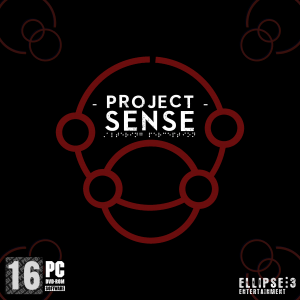As part of my final year dissertation study I am exploring the social awareness and need for Inclusive designed and minded games by creating a video game which strives to not just emulate real world conditions both neurological and physiological, but rather raise awareness that titular avatar and narratives should not be so scared to touch the subject.
To some degree Project Sense is serving as a test-bed for my larger game LIfE by the fact it operates at its core in a similar manner however as of today (roughly an hour ago) the game now utilises a brand new plugin for UDK known as the Adventure kit (http://www.freetimestudio.net/?go=software&id=14) this will allow for some more dynamic interactions and if successful will be used in LIfE to breath more well life into the universe. At the moment Sense is still being constructed and due to the modular nature of it (loading each segment as a different level alongside some randomness) core game-play is still being worked upon.
One puzzle I would like to talk about today however is the one I am simply calling the block parable. You enter a room and are greeted with a set of instructions and patterns, match the pattern to right door to proceed to then collect ‘totems’ to then place in a particular order not revealed. The idea is to test cognitive functions whilst the game itself is going to try and work against you by essentially sending mixed signals, this is to try and represent the confusion and strain people with conditions such as dyslexia can face with cognitive understanding in both direction and order following overall.
The hope is to have the game finished by the end of the month and available to download for free with the option of those who downloaded it to take part in a study to give me more data results to work from. No screenshots for now but will appear as and when on my twitter feed: https://twitter.com/3llipsegames




 Written by and Moderated by Stephen Fisher 2014
Written by and Moderated by Stephen Fisher 2014